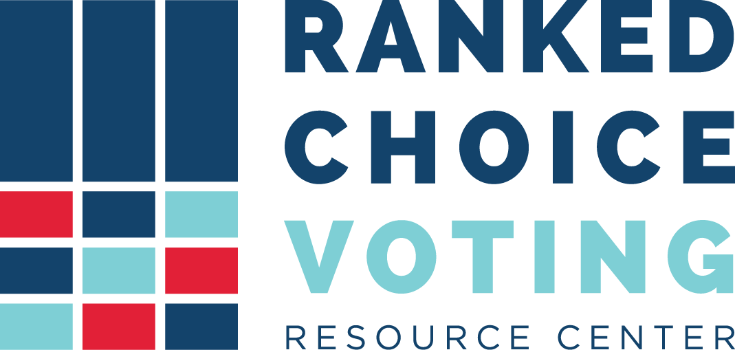ELECTION
Immediately after polls close, election results reporting begins. It is of utmost importance that preliminary and unofficial results are accurate, audits are carried out effectively, recounts proceed smoothly, and final reports are correct. Our post-election resources focus on RCV tabulation and results reporting, poll results and lessons learned, and post-election media.
RCV TABULATION & RESULTS REPORTING
WHAT IS RCV TABULATION?
RCV tabulation starts by counting all first choices. When electing a single candidate, if a candidate receives more than half of the first choices, that candidate wins, just like in any other election. However, if there is no majority winner after counting the first choices, the race is decided by an instant runoff. The candidate with the fewest first-choice votes is eliminated, and voters who ranked that candidate as their first choice will have their votes count for their next choice. This process continues until someone emerges with a majority.
Running the round-by-round count means election administrators need to have the candidate ranking order on each ballot to know 1) who has the fewest votes in the election and 2) who is ranked next on each of those ballots. This means two things for producing ranked choice voting results: all ballot data, known as cast vote records (CVRs), must be available, and it must be centralized.
A simplified chain of custody from Alaska is included below to show how ballot data can be sent to one location for counting. Once centralized, the data can be run through RCV counting software to produce round-by-round results – which only take seconds or minutes – and determine which candidates emerge with the most votes.
TABULATION OPTIONS FOR RCV
MACHINE COUNTING
The fastest way to count any election, including RCV elections. Procedures can vary greatly based on the capabilities of the voting machines, the laws in the jurisdiction, and how many different polling locations are involved in the election. Regardless of the type of election, ballot data needs to be centralized.
A poll worker exports the data to a memory card or flash drive, which is then physically transported to a central location for tabulation by a computer application. In an RCV election, the aggregated CVR data is run through tabulation software which produces the round-by-round results.
Some machines, like Hart’s Verity system and Unisyn’s OpenElect, are one-push machines meaning the machines transmit the complete rankings from each voter to a central location once voting is done for the day. The RCV election will be fully counted out at that central location by a computer application once all ranking data has been collected.
Other systems, like ES&S's DS200, require a poll worker to export the RCV data to a memory card or flash drive, which will then be transported to a central location where one computer collects all data on the election. A third-party counting application then aggregates all the election data to determine the election result.
Minneapolis, Minnesota, uses ES&S DS200s for their RCV elections, like so:
-
Voters scan in their RCV ballots to the DS200, as is done for any type of ballot or election.
-
The DS200 tabulates votes cast for each race and ranking.
-
At the close of voting, the election judge:
-
Prints out at least three physical copies of the results tape (for public display, for storage, and for reporting to the central counting location)
-
Uses a secure modem or direct download to a secure server to send the cast vote record directly from each DS200 to a central tabulation location.
-
Once received at the central tabulation location, each DS200's cast vote record is merged into one complete vote record (CVR) containing data from every ballot cast in the election.
-
The complete CVR is exported from the election software, and the RCV election is tabulated using third-party tabulation software.

